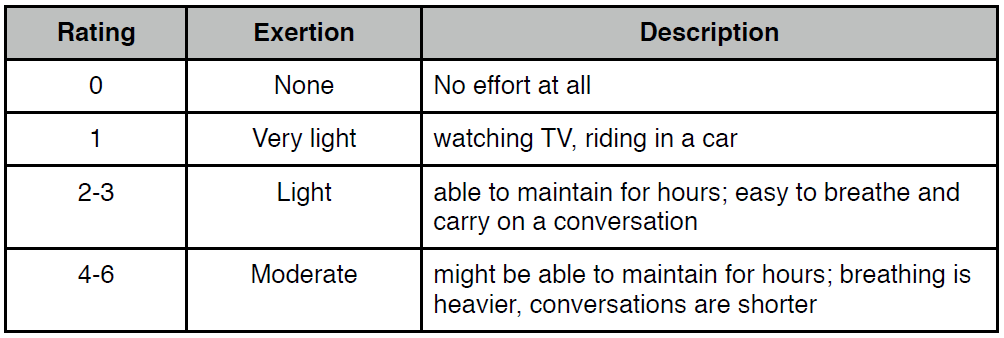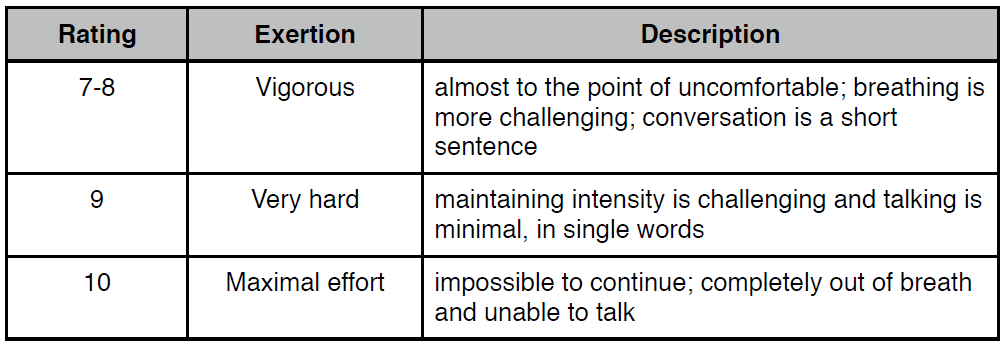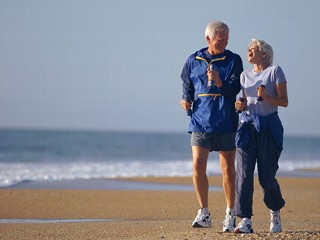Gradual progression involves continuing to parse the cardiorespiratory (aerobic) section of ACSM guidelines from the Position Statement, the next two points read:
- One continuous session and multiple shorter sessions (of at least 10 minutes) are both acceptable to accumulate desired amount of daily exercise. Gradual progression of exercise time, frequency and intensity is recommended for best adherence and least injury risk.
- People unable to meet these minimums can still benefit from some activity.



